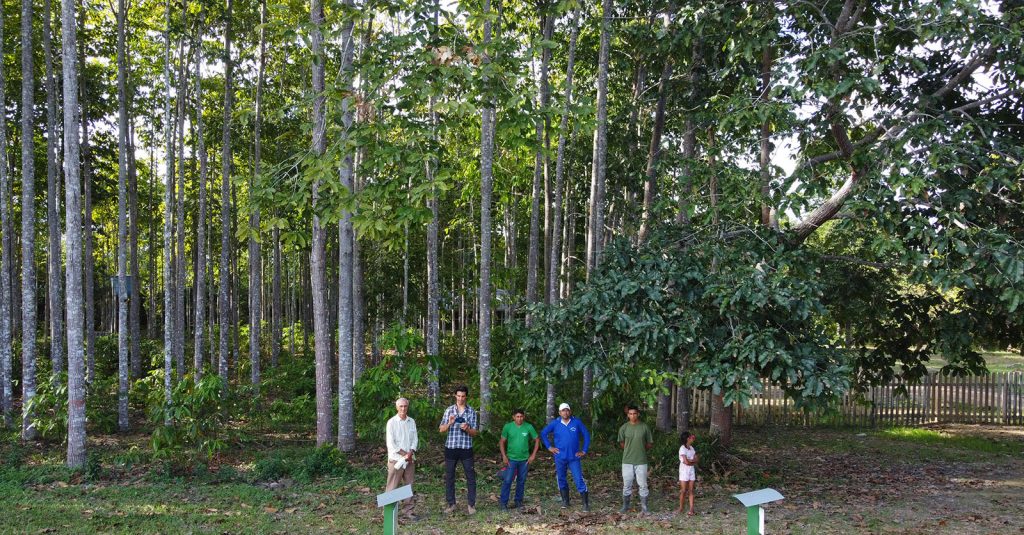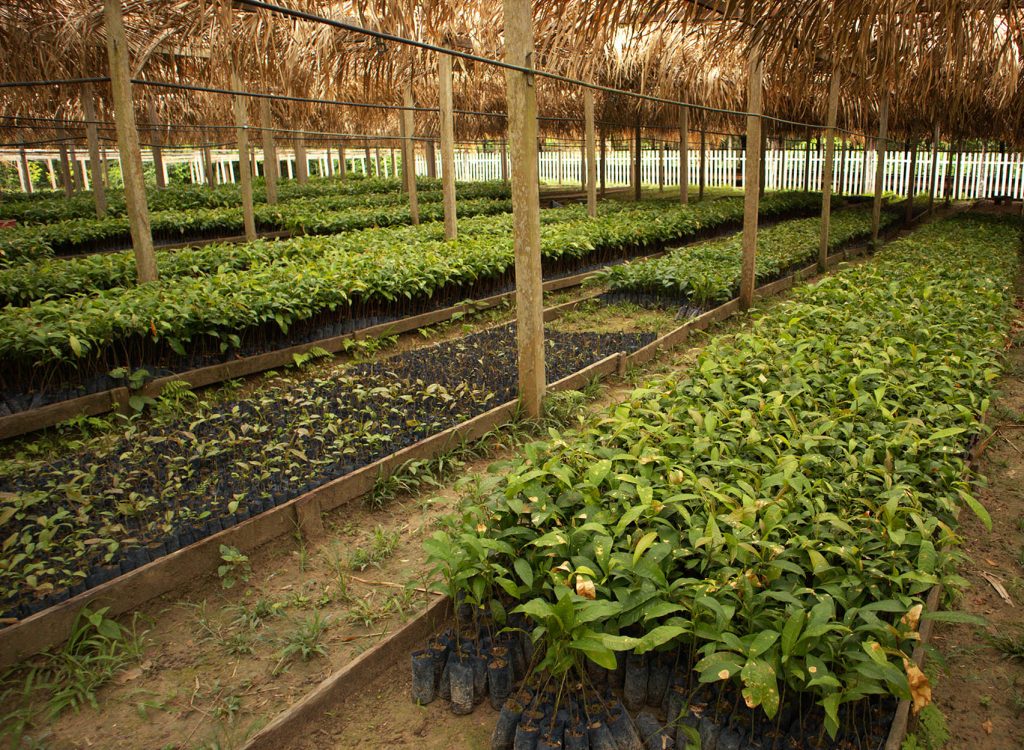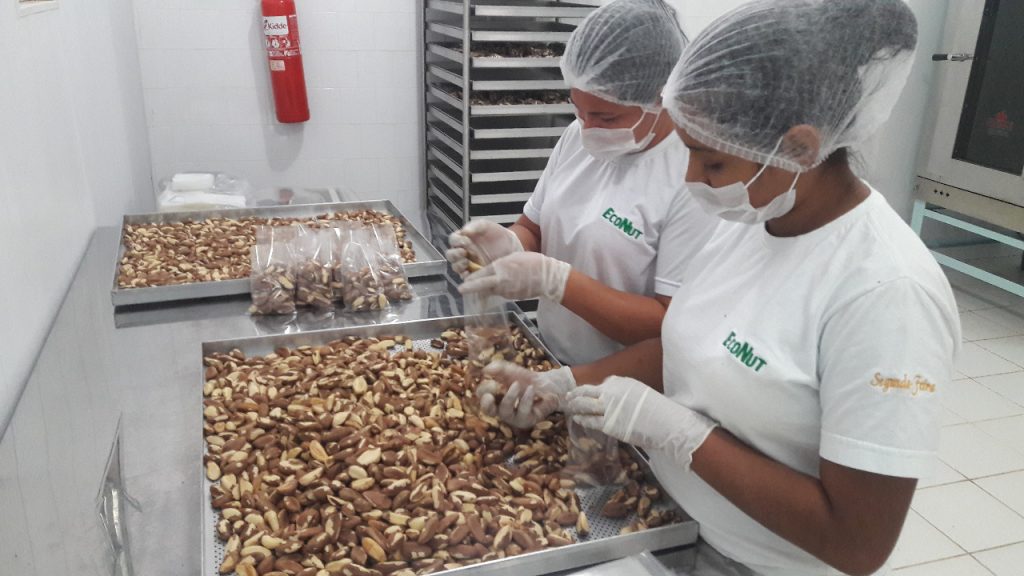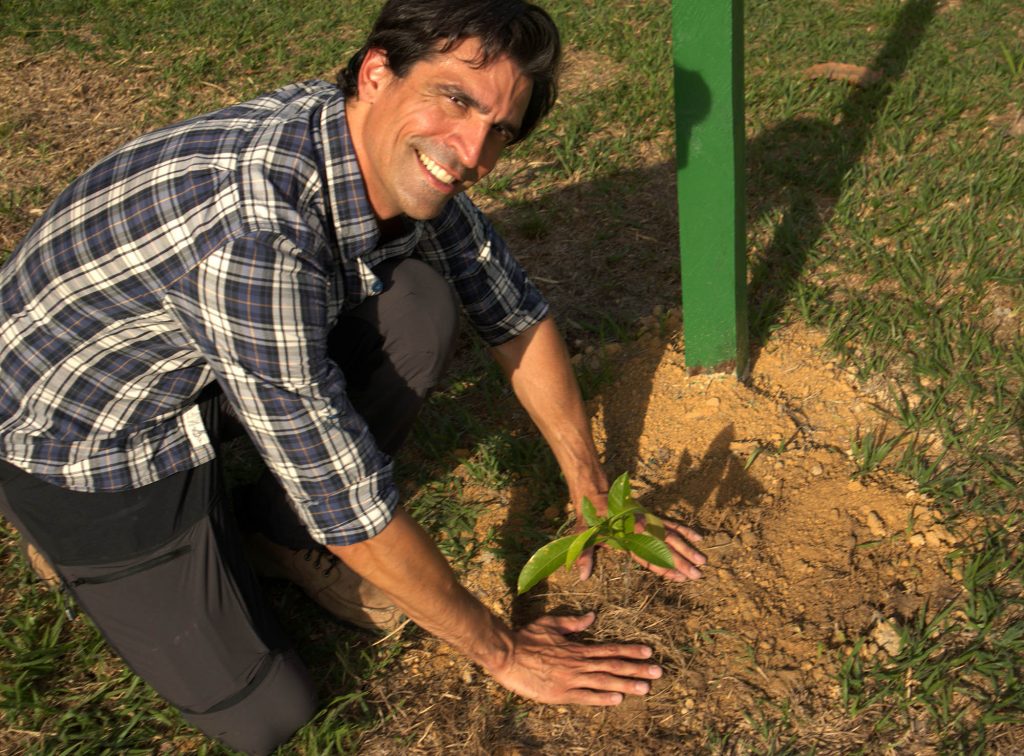“Integrate to retain”
This slogan summarizes Brazil’s efforts to integrate, populate and develop the Amazon in the 1960s and early 1970s, asserting territorial sovereignty over its portion of the world’s largest tropical rainforest. These efforts included both industrialization (with the introduction of the Manaus Free Trade Zone) and the attempt to expand agricultural frontiers with the introduction of livestock, an economic activity already widespread in other regions of Brazil at the time.
Mr. Sergio Vergueiro, an agronomist with experience in the development of agriculture and livestock projects in the Amazonian states of Pará and Mato Grosso, was called by the then governor of the Amazonas state, home to most of Brazil’s Amazonian territory, to assess the feasibility of such projects in that region. After an initial feasibility assessment, Mr. Vergueiro and his late brother Fernando Vergueiro proceeded to acquire land and develop pioneering projects, opening pastures and introducing cattle ranching.
Challenges and Resilience
The cattle ranching projects were initially successful, not without major obstacles, but also short-lived:
The practices turned out to be unsustainable, and the planted grass started to thin out. And with such challenges, Mr. Vergueiro faced the dilemma of leaving “open scars” in the forest or trying something completely different. With the resilient mindset of a true entrepreneur, he sought support from Embrapa, where he found research and experiments with species of Bertholletia Excelsa, the Brazil nut tree, also featured as one of the three supertrees that can protect us from climate disaster.
Once again overcoming other challenges in seedling development, plantation, and tree growth, Mr. Vergueiro, and his team managed to scale the experiment and reforest 3,000 hectare deforested area with over 1,3 million trees.

Results
After 15 years, the results of the enterprise began to appear. With more Research and Development, academic support, practical work, and support from her daughter Ana Vergueiro, the company has developed equipment and techniques to process the nuts in loco and add value to production through the “Econut” brand. Econut is certified by the strictest international standards and recognized as an excellent natural source of Selenium.


In addition to the production and sale of Econut, the company also includes a seedling and reforestation business, reusing practical experience combined with extensive research developed over the years. Several people were hired locally and developed by working alongside Mr. Vergueiro and his family. The company also manages the Excelsa foundation, which provides seedlings to local communities, including indigenous communities and nut consumers who loved the idea of having the trees closer to their tribes, free of charge.
Scaling Nature-Based Solutions
Our CEO Augusto had the privilege of being with Mr. Sergio and his daughter Ana Luiza and visiting Aruana’s operations to see the impressive results up close – 30 years later. Mr. Vergueiro is a true Master of Carbon, and his proven method of seedlings and reforestation materializes Skoog’s purpose: To combine technology with feet on the road to find and scale nature-based solutions to the problems of deforestation and degradation; practical and proven solutions such as the method developed by him and backed by Embrapa’s research.

Mr. Vergueiro’s story reflects how unsustainable the deeply rooted notion of short-term progress and economic gains through deforestation is and calls for the redemption that we need to move towards a low carbon economy by valuing natural assets like Brazil nuts.


Congratulations! I have a question: Did you access any mechanism of carbon credits for your plantation? Do you have carbon credits now from your productive Forest? Thanks for your answers.
I write from Guatemala, Central America.
Thank you Ivan. This project was started many years ago and did not use financing from carbon markets neither does it have carbon credits issued. However, this is a proven reforestation method Skoog will leverage in suitable regions.